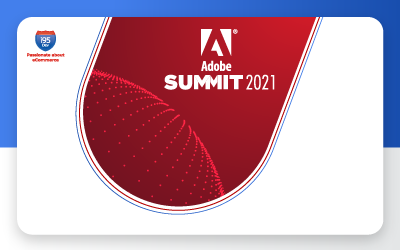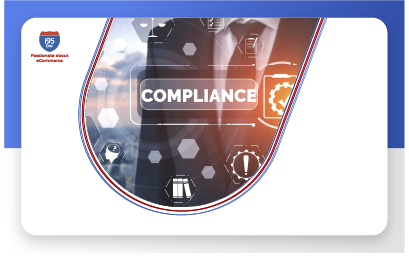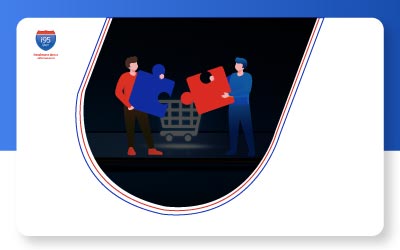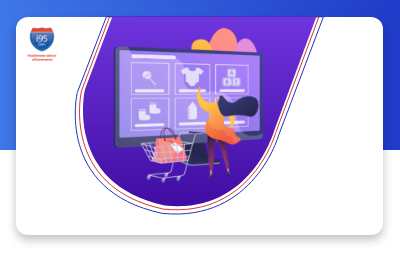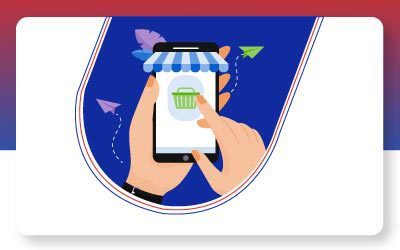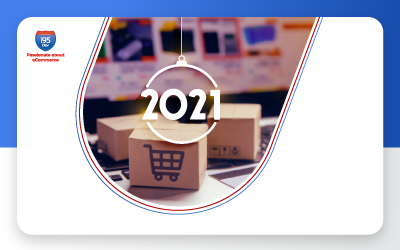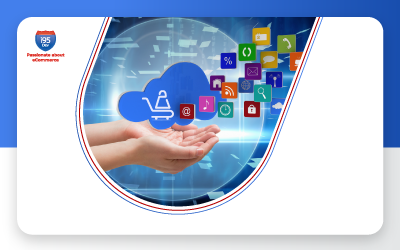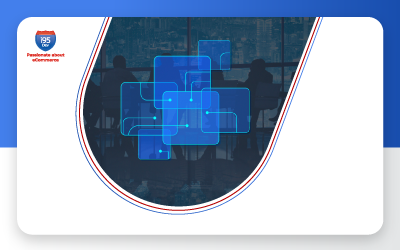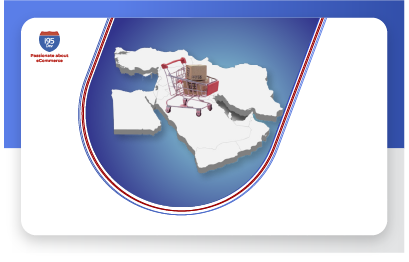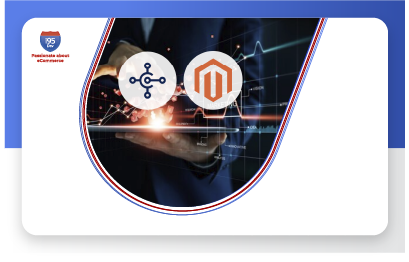This blog was originally published on ERPSoftwareBlog.
In our last article we looked at what B2B ecommerce is (and how it is different from B2C ecommerce very briefly) and why understanding that is the critical first step for your business. In this article we will build on where we left last and look at the differences between B2B and B2C eCommerce in little more detail across Pre-Purchase, Purchase and Post-Purchase categories.
Also Read: Understanding the World of B2B eCommerce , the first article for more details.
Pre-Purchase
In our last article we looked at what B2B ecommerce is (and how it is different from B2C ecommerce very briefly) and why understanding that is the critical first step for your business. In this article we will build on where we left last and look at the differences between B2B and B2C eCommerce in little more detail across Pre-Purchase, Purchase and Post-Purchase categories.
Also Read: Understanding the World of B2B eCommerce , the first article for more details.
Pre-Purchase
- Customers – As discussed earlier B2B deals with businesses and B2C with end users. But it does not stop there; in B2B eCommerce you have multiple contacts, from the same company, who purchase on behalf of the company from the store while in B2C you have individual contacts with no relationship between them.
- Product Price – Product pricing is little more complex in B2B than in B2C. In B2B the same product is available at different prices for different customers depending on customer type, order quantity, purchase commitments, payment terms, and more. Whereas in B2C the prices are more standardized and vary little from customer to customers.
- Sales Assistance – Barring few industries B2C purchases often require little or no sales assistance. While on the other hand B2B purchases are often more complex and require sales assistance at multiple levels. In B2B you often have sales representatives associated with accounts to help, address any issues and build relationship.
- Ecommerce, Content and Traffic – In B2B the traffic (number of customers) is often less compared to B2C. Because of this and few other reasons (customer profile, the purchase process, etc.) the expectations from the eCommerce store are also very different. In B2C the eCommerce site focuses more on differentiating themselves with flashy design, features to help make decisions faster, etc. In B2B the emphasis is more on the ease and usability of the site. While content is gaining popularity in B2C, it is more critical and a must in the B2B environment.
- Legacy Systems and Channels – B2B businesses are plagued with legacy systems with sales often happening on both offline (sales representatives, email, phone, etc.) and online channels. While emerging as important channels for B2B as well mobile, social media, marketplaces are happening places for B2C eCommerce. Also, it is often easier to replace systems in a B2C environment than in B2B which makes integration an important and difficult thing in B2B.
- Rules and Regulations – The rules and regulations in B2B are complex than that in B2C because of tax rules, payment restrictions, product restrictions, etc.
Purchase
- Role of Emotion – B2B purchase decisions are usually cold, logical and carefully thought of with little or no role of emotion. Emotions play a big role in B2C purchases with people often making purchase decisions purely based on emotions and no logical connect (impulse purchases are so common in B2C). The primary reason for this is the risk associated with the purchase; which is much higher in a B2B scenario.
- Decision Making – Unlike B2C where the decision is taken by the end customer, decision making in B2B happens at multiple levels. Hence B2B sales are little more complex because it requires convincing people at multiple levels; while gatekeepers can delay the process indefinitely management with veto power can completely kill it.
- Buying Process and Sales Cycle – The sales process in B2B is longer, complex and process oriented; involves requesting a quote, negotiation, approval and order. In B2C the process is much simpler where the users directly purchase the product they like without any delay.
- Order Size – Order sizes in B2B usually are much larger than in B2C.
- Payments – Unlike in B2C where payment happens almost immediately payments in B2B happen over a period of time; depending on the payment terms negotiated. Also payment gateways like PayPal, Authorize .Net are very popular in B2C whereas B2B relies on traditional payment methods like offline payments, purchase order, credit limit, etc.
- Product Inventory – In B2B the product sold is often not in stock and procured after order confirmation. On other hand for B2C more often than not the product is sold only when in stock.
Post-Purchase
- Order Fulfillment and Shipment – Because of the size of the order, order fulfillment and shipping are very different in B2B. In B2B fulfillment usually takes longer, costs more and uses very different shipping methods. While same day shipping, free shipping, etc. are the new trends and differentiators in the world of B2C.
- Customer Relationship – Because of the nature of B2B transactions (larger order size, repeat/ recurring orders, etc.) B2B relationships are developed over time and are ongoing. To build these long term relationships post purchase customer care, building personal relationship, etc. become critical. In B2C while repeat customers are common and desired, very little is often done to build and nurture the relationship (other than occasional promotional emails). In most cases competitive pricing, quality product, on time delivery and responsive support (in case of issues with payment, order or returns) are good to drive repeat customers in B2C.
- Returns – While not desired returns of part and parcel of every business. In B2C returns are accepted as a part of business and entertained for varied reasons. In B2B returns can be very complicated because of the order size and follows a very strict and rigorous process.
- Repeat / Recurring Orders – Repeat and recurring orders are trademark of B2B eCommerce; while most orders in B2C are one time.
Recent Blogs
Subscribe to our blogs





